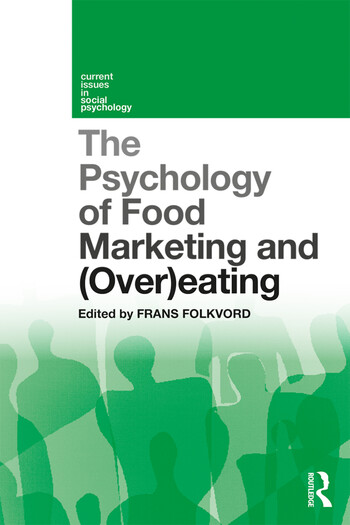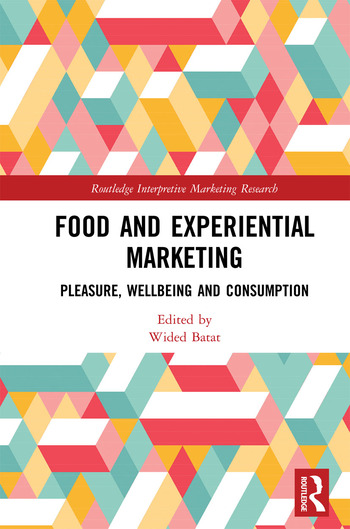Myths About Millennials
IRI Research suggests marketers must move beyond generalizations of Millennials

From being dubbed the most self-absorbed generation ever and rejecting “traditional” life paths to being tethered to their mobile devices, there have been endless generalizations made about millennials. The latest research released by IRI™ examines the myths versus realities of millennials and finds not only that there are misconceptions, but also that millennials are in fact much more unique than first meets the eye. To truly grasp this diverse generation, IRI is categorizing millennials into six distinct segments summarized in the infographic “Rise of the Millennials.” Marketers must thoroughly understand these characteristics to capture a piece of the nearly $290 billion millennials will spend on CPG products by 2020. “Their path to purchase isn’t a straight line, so marketers need to keep this in mind and get creative. This means paying attention to their specific needs, ensuring they have the right product mix and customizing their media and messages to be relevant to those needs.”
“At 79 million strong, the millennial generation has a tremendous amount of spending power that is growing rapidly,” says Robert I. Tomei, president, Consumer & Shopper Marketing, IRI. “This is the largest generation of young people since the baby boomers, and IRI has studied millennials extensively to provide a comprehensive look at their personalities, values, basic beliefs and actual purchase behavior. Our segmentation allows marketers to better understand millennials, assess their current position and develop strategies and programs to more effectively target them. Marketers have a tremendous opportunity to capture growth by directly connecting with this increasingly important segment of the population. For instance, marketers can leverage a full understanding about millennials’ needs to drive their product innovation strategy, improve the allocation of their media spend and enhance the alignment of their marketing and sales programs.”
Myth Busters
To thoroughly understand millennials, one needs to first recognize that millennials are much more than the sum of their stereotypes. To have a better perspective on their attitudes, IRI uncovered the real truth behind the following top five myths:
• The “Me Me Me” Generation: Everyone can be a bit self-absorbed at times, but this label doesn’t completely fit millennials. The reality is that 90 % equate success with being a good friend, 68 % equate success with working for a cause they believe in (compared to 56 % for Generation X and 58 % for baby boomers), and 58 % equate success with being of service/contributing to their community.
• Avoiding the “Traditional” Path: Millennials are embracing “traditional” on their own terms and timeline. Overall, 73% are employed, 28 % are married, 37 % own a home and 38 % have kids. Even though success does follow many traditional paths, the key difference is that the timing of millennials’ life stage milestones isn’t as linear as previous generations.
• Tied to Mobile Devices 24/7: As the first generation of digital natives, millennials are definitely comfortable with technology. However, not all are early adopters or constantly connected. For instance, 48 % say they would be able to function without their smartphones, 45 % say they’re early adopters of new technology and 29 % regularly use a mobile app to pay for purchases.
• No Brand Loyalty: Millennials are loyal to brands that prove themselves worthy, but they also enjoy the hunt for a good deal. Overall, 44 % say they are loyal to brands they buy, and 52 % will choose quality over price. However, two-thirds are working with limited grocery budgets, so a good number are value conscious by necessity.
• Traditional Marketing Doesn’t Work: It’s true that millennials are strongly influenced by recommendations through social media, blogs, product reviews or other online resources. On the flip side, 66 % also respond to loyalty cards/discounts, 65 % to couponing and 50 % to store circulars—all traditional marketing tactics.
The Six Unique Faces of Millennials
IRI research uncovered that millennials do not fall neatly into one bucket. Instead, the following six distinct segments were revealed:
• Free Spirits: Thirteen % of millennials are young, single, college-educated trendsetters who are impulsive and social.
• Struggling Wanderers: Twenty-one % are not highly educated, are struggling financially and are not strongly digitally connected.
• New Traditionalists: Twenty-two % are educated, affluent millennials who are married, are values-driven and have good financial habits.
• Concerned Aspirationalists: Thirteen % are moms who are both cash- and time-strapped. They are social media devotees and are convenience- and price-driven.
• Conscious Naturalists: Fifteen % are eco-conscious moms who desire minimally processed foods and prefer locally grown. They also are less digitally reliant and are fiscally cautious.
• Confident Connectors: Seventeen % are ethnically diverse, socially conscious leaders who are digitally savvy and shop in specialty stores.
“Millennials are the most racially diverse, highly educated generation in history,” adds Tomei. “Their path to purchase isn’t a straight line, so marketers need to keep this in mind and get creative. This means paying attention to their specific needs, ensuring they have the right product mix and customizing their media and messages to be relevant to those needs.”
For more information on the IRI MillennialLink™ segmentation, please contact Donna Wydra at Donna.Wydra@IRIworldwide.com.
Looking for a reprint of this article?
From high-res PDFs to custom plaques, order your copy today!








